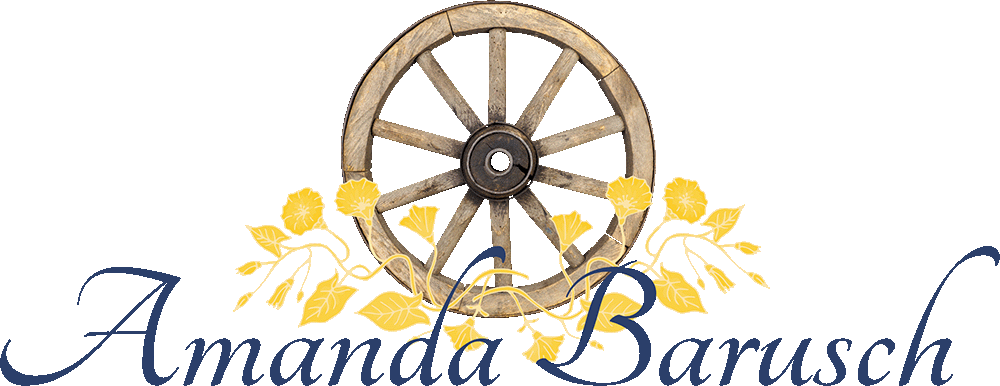Devil Wind
“I reject the claim that the name Santana originates with the Indian word for devil wind. Based on historical documents, I conclude that the wind is named for the Santa Ana Canyon, in which it originates. Pronunciation as Santana is a colloquial elision of the unaccented a.”
First dry leaves rattle against my window.
Then air howls and a low thumping begins.
Heavy things fall while our beef cows wander
to shelter in the canyon, eyes downwind.
You don’t close drapes against a Santana.
Better to watch as the desert’s unhinged.
Be the necessary witness, if you can,
while the wind flings weeds at our barbed wire,
strips petals from blooms, and batters pecan
saplings to shreds. There's always risk of fire
and fingers of dust sneak under the door
bringing in with them a new sort of trial.
You know, I remember when I was four,
I longed to play tumbleweed games of chase
and waltz with trees across the sand floor.
But mother moaned and covered her face,
curled up in bed, “The wind makes her loco,”
Pappa explained. “not her fault, not her choice.”
By morning, the Santana had unlocked
a dusty new world where my only care
was that my little mare’s swollen eyes leaked
black sludge. She couldn't see the stiff dry birds
scattered across my father’s fields.
“In the early days of Spanish exploration, it was the custom to name occurrences for the saint on whose day the event took place. Several blows of hurricane force are so named in the logs of early navigators.I believe that the first Santa Ana during Spanish times must have been experienced on July 26th,Saint Anne’s day, and was named for her. ”
“The problem is many of you are too young to remember. Dr. George Fischbeck was one of the first and most popular weatherman around Southern California in the 1970s. He used “Santana Winds” widely, and this indeed was based on the Vientos de Satanas, or devil’s breath.”

